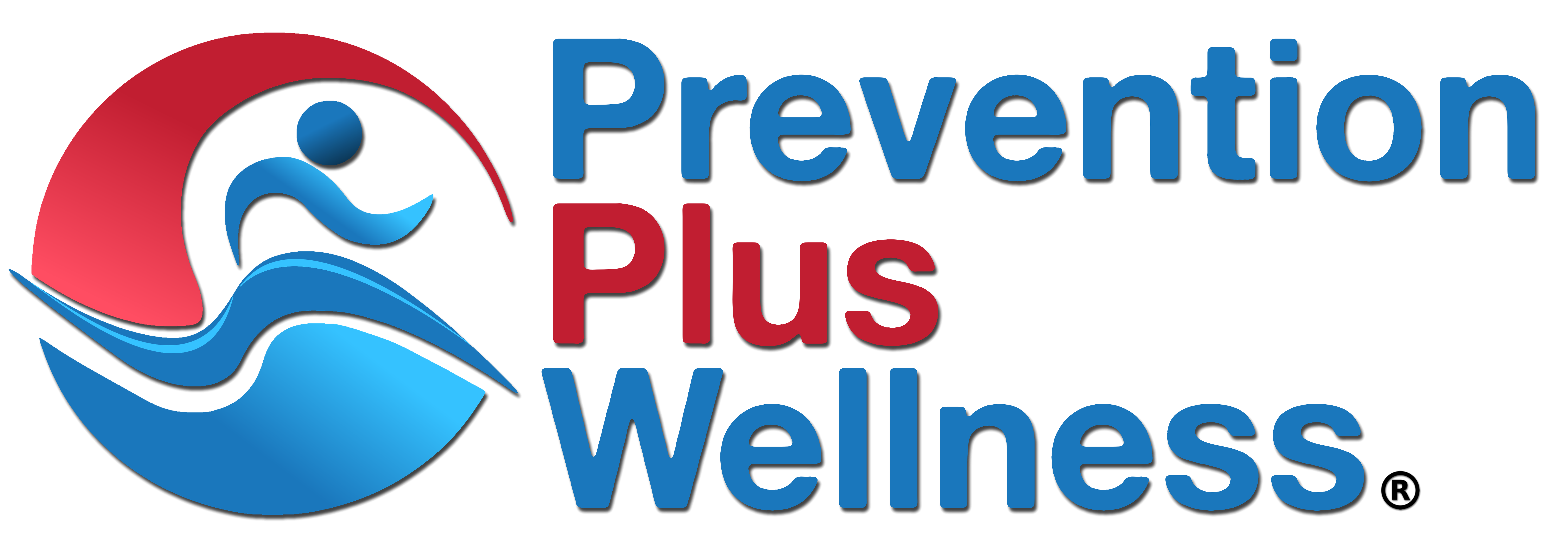I’ve noticed an increasing number of news articles describing schools and coalitions which have purchased “marijuana goggles” as a prevention or education strategy.
Marijuana goggles are designed to simulate for youth visual impairment resulting from using marijuana.
I believe the real advantage of marijuana goggles is in making marijuana information more interesting and entertaining for youth.
However, marijuana goggles by themselves are not likely to have an impact on many of the risk and protective factors known to influence youth marijuana consumption.
These include myths, misconceptions and inflated norms about marijuana use, lack of awareness of marijuana risks and media influences, positive youth and parent role models, positive self-identity, youth self-regulation skills to set healthy behavior goals, protective wellness lifestyles, and exposure to evidence-based marijuana prevention programming.
I have nothing against the use of marijuana goggles, it’s just that if they are used without supplementing them with specific evidence-informed messages targeting individual marijuana risk and protective factors, they will have limited positive effects on youth outside of entertaining them.
To enhance the potential efficacy of marijuana goggles as a prevention or education strategy, I recommend including the following evidence-informed strategies. The more of these strategies you include with (or without) marijuana goggles, the more likely you will have real, sizable and practical positive effects on marijuana use among youth in your setting.
1) Assess youth and community groups’ level of marijuana knowledge and provide feedback. Focus on myths, misconceptions and inflated norms about marijuana use, as well as risks associated with early, heavy and regular marijuana use. One strategy is to quiz youth and adults about their level of knowledge on various marijuana topics, and then provide instruction using evidence-informed facts.
2) Provide training to increase awareness of youth and adults regarding marijuana industry marketing strategies. For example, provide PowerPoint slides showing examples of marijuana advertising approaches, goals, targets, content and images, and discuss how youth and adult consumers can counter manipulative marijuana ads found online, in billboards, etc.
3) Present local parent groups the tips for parents and guardians on how to reduce harm from marijuana and alcohol use in their homes and communities. This could include distributing a flyer on parenting strategies and discussing practical approaches for providing positive modeling at home, and protecting their youth and themselves from marijuana harm.
4) Offer opportunities for youth to assess their current health habits, and develop self-regulation skills by setting and monitoring multiple health goals. These should include avoiding destructive marijuana, alcohol and other drug use habits, as well as increasing one or more health-promoting habits, like physical activity or sports, healthy eating, getting adequate sleep, or controlling daily stress. Link increases in the healthy behaviors, and avoidance of risky substance use habits, to more positive self-identity and self-confidence.
5) Implement an evidence-based marijuana prevention program in your region. For example, the practical, single-session SPORT Prevention Plus Wellness program for youth, or the InShape Prevention Plus Wellness program for college students. Both research-supported interventions prevent marijuana and alcohol use, and increase healthy habits of young people.
6) Display banners and posters, submit press releases, and distribute flyers and brochures to announce and promote your campaign, and increase awareness of local marijuana laws, harm potential, and new marijuana research findings and news relevant to your organization and community.
In conclusion, marijuana goggles appear to be increasingly used by some organizations to raise awareness and entertain youth regarding the role marijuana can have on visual impairment.
However, to increase their potential effectiveness to educate and prevent marijuana harm, concrete messages need to be presented that target known risk and protective factors for youth marijuana use.
Please comment below.
Share this important information with your co-workers, community leaders, kid’s teachers, coalitions, youth groups and anyone interested in protecting and promoting the health and wellbeing of young people.
Thank you!

